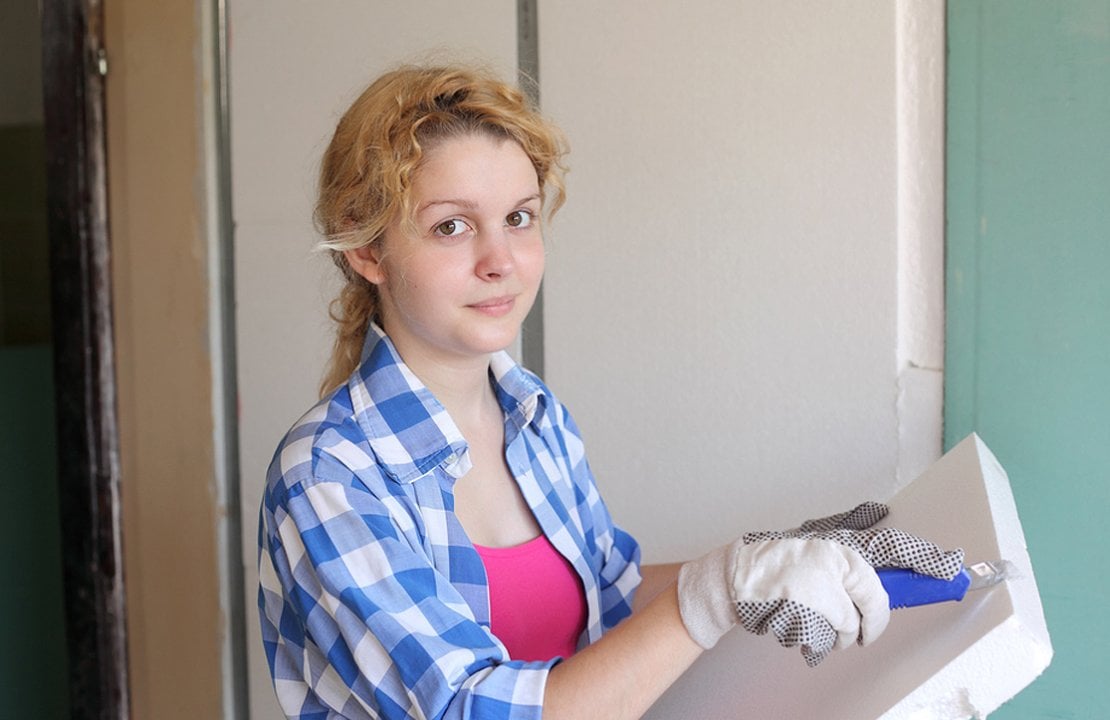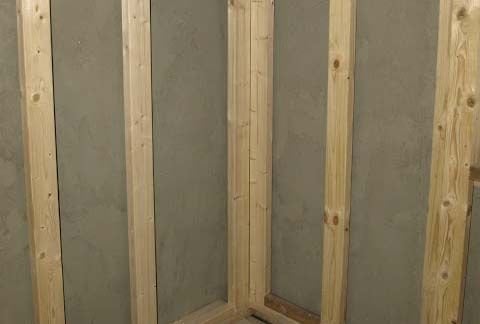To be eligible for the GDHIF scheme offers householders must satisfy the following incentive criteria:
• Customers must apply for the voucher before the work starts
• Measures must be recommended in an Energy Performance Certificate (EPC) or GDAR carried out in the last 24 months
• Customers will not be eligible for the GDHIF incentive if they receive ECO or other central Government funding, on the energy saving improvements applied for under GDHIF
If your house is Victorian, Edwardian or earlier you more than likely have solid walls rather than cavity walls. Solid walls do not have a gap between the layers of brick, and therefore they allow an enormous amount of heat to pass from inside the heated house to the outside. Heat will always flow from a warm area to a cold one. The colder it is outside, the faster heat from your home will escape into the surrounding air. According to the Energy Saving Trust, twice as much heat may be lost through an un-insulated solid wall compared to an un-insulated cavity wall. Solid wall insulation increases your home’s energy efficiency by preventing heat from escaping through the walls and therefore helps you save money on heating your home. Your energy savings could be up to 1/3rd off your total heating bill.
Solid walls can be insulated either internally or externally. If you have a brick finish to the outside of your house, you will most likely wish to avoid external solid wall insulation which involves applying a render to the outside of your walls. If you live in a listed property or in a conservation area, you are also unlikely to be allowed to insulate your solid walls externally as it will change the appearance of your house. Therefore internal solid wall insulation would be your only potential option in order to take advantage of this scheme. In some listed properties, you may not even be allowed to do this.
Internal solid wall insulation will cause major disruption to the inside of your house and therefore is best carried out when you are re-plastering your walls doing extensive renovation work. Ideally you would apply the insulation as part of a renovation project.
How does solid wall insulation work?
Solid wall insulation works by coating the walls with a layer of material that slows down the rate at which the energy escapes, trapping as much of it as possible within the house for as long as possible. Solid wall insulation makes it more difficult for heat to penetrate through your walls. As solid wall insulation involves the use of insulation boards that will be stuck onto your walls, or the building of a stud wall inside your walls to hold insultation in place, this work will slightly reduce the floor area of all rooms in which it is applied
All skirting boards, cornicing, dado rails, picture rail mouldings, doors and anything else that is fixed on the walls will need to be removed before work commences.
Once completed you may have difficulty in reattaching heavy items such as TVs and kitchen wall units onto the walls, however products are available to overcome this issue. There are two options available to insulate your solid walls internally.
Rigid insulation boards
Plasterboard backed with rigid insulation will be fitted onto the interior walls. The insulation will comprise of either expanded or extruded polystyrene, polyurethane or phenolic foam. The insulation will be between 60-100mm deep to adhere to industry standards. Prior to installation, all walls need to be prepared so that their surface is even which may involved applying plaster or render to get a flat wall. Once this is achieved, the insulation boards may be fixed straight to the wall using either plaster or adhesive. Fixings will also be used to hold the boards firm. Joints will be sealed to prevent air leaking out through the solid wall.
Stud walling
A metal or wooden studwork frame is attached to the wall and filled in with mineral wool fibre to a thickness of at least 120mm deep. As this is thicker than the rigid boards, this will impact your room size a little more. It can then be plaster boarded and plastered over, ready for redecoration.
The advantage is that a stud wall is strong enough to hold heavy fittings. Rigid insulation boards, by contrast, would need mechanical fixings in order to be able to hang kitchen cupboards or similar off them.
Once your insulation has been installed and your room has been replastered, you will need to replace the period mouldings that you had to removed in order to install the insulation. Any plaster mouldings will have been destroyed by removing them as they are virtually impossible to remove intact; therefore they will need to be replaced. Choose a similar profile to the one you have removed – many different designs of plaster coving are available – you do not need to be a slave to your house and search for an exact match as this is unlikely to still be in production. Choose a style you like but try to keep with the rough size of the coving that has been removed.
Some of your decorative wooden mouldings may have partially survived but might have been damaged during the removal of them. In most cases, it will be difficult to exactly pattern match your traditional skirting, dado, picture rail and Victorian architraves and fix in replacement pieces to the original pattern where damaged parts have been removed. To recreate the exact profiles you have as a bespoke item is a costly exercise and is only worth doing if you are ordering enough for the entire house. The set up charge is usually in the hundreds of pounds and the per metre length more than ordering off the shelf products. It may prove easier and less costly to find similar products and replace all of the wooden mouldings in the rooms affected. It does not matter too much if the wooden mouldings differ from room to room as long as the styles and sizes are similar.
Although the government grant does not contribute towards replacement decorative elements that need to be affixed after the installation of solid wall insulation, the grant does give the opportunity to install the insulation at a reduced cost making the cost of replacing the decorative elements less painful than it otherwise might be.
For more tips and advice from some of our customers, have a read of our article "Things I wish I'd known before buying my period house".
The Victorian Emporium sells a full range of replacement coving (wooden and plaster), dado rail, picture rail, skirting and architrave for your Victorian home.


Be the first to add a comment...